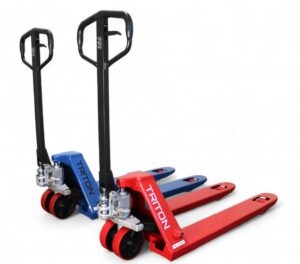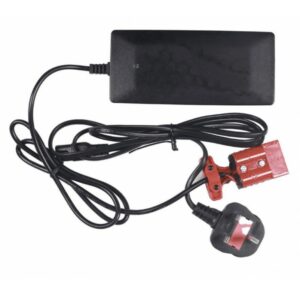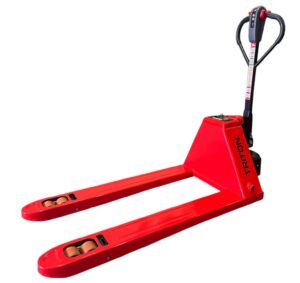As technology improves, companies and warehouses operatives across all industries will be looking for the latest trends and newest releases designed to improve efficiency, reduce risk and decrease costs. The pallet truck market has experienced a boom in recent years with improved design concepts and innovative new solutions. Amongst these new concepts, ride-on pallet trucks have generated a lot of buzz.
Robotics and motorised automation are being integrated into the development of pallet trucks as more companies are looking to utilise the benefits of emerging technologies. New designs for ride-on pallet trucks have begun to emerge and they look to offer a lot of improvements in workplace safety and general productivity. Here we take a closer look at the potential benefits and possible downsides.
The specifications
Using robust materials, heavy-duty hydraulics and a high-torque motor, ride-on pallet trucks are designed to take all the effort out of moving goods. The rear end of the pallet truck consists of a standing area for the operative to control the system and steer the truck. The standing area is designed to be compact but durable with guard rails in place. The steering controls are ergonomically designed and include an anti-lock braking system. The forks come in different lengths and are control by a powerful hydraulic system.
Advantages
The motorised system of ride-on pallet trucks takes away the need for any physical effort when moving goods. This means that the risk of injury due to strain is greatly reduced. Also, the speed at which stock can be moved is sped up significantly. In fact, it has been shown that the use of ride-on pallet trucks can increase productivity by 15%. The safety that can be built into ride-on pallet trucks will mean that operatives are a less risk of injury and companies can improve efficiency and overheads.
Disadvantages
One of the main disadvantages of using ride-on pallet trucks is cost. The price of a motorised pallet truck is much higher than a traditional manual truck, meaning that company overheads will rise in the short term. In addition to that, there is a whole new level of safety issues and training requirements that come with ride-on pallet trucks. A lot of time and money will be needed to train operatives on how to use the ride-on pallet trucks safely and efficiently. These, however, are all relatively short-term issues that can be solved in time.























